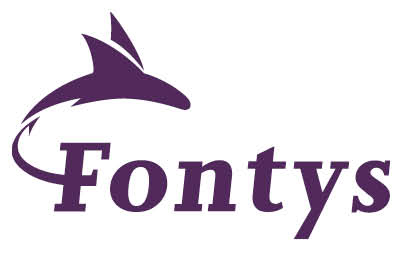Models and framework clarify, simplify, and help to explain concepts and complex situations. We all know about marketing model SWOT, but also think of a strategic management tool such as Osterwalder’s Business Model Canvas, process model such as DMAIC, or change model such as ADKAR. When applying models to case studies or real-life business situations, they help students to organize information, identify stakeholders, understand the relevant business context, see patterns, and think logically on what a company should do next.
When I was developing my new course ‘Technology in Finance’ for IB students, I investigated frameworks or models that can help explain the dynamics of technology and its impact on society to business students. One of such models is Larry Lessig’s (1999) ‘Pathetic Dot Theory’. Resulting as a question on how the internet can be (or should be) regulated, this theory represents four forces: law, market, (cultural and social) norms, and architecture (code); and how these forces influence each other.
As the theory suggests rational choice in a specific environment to help understand the kind of regulation needed for that environment to function effectively; I became curious on what could be non-rational factors that drive such environments. This led me to the VUCA-model which originated in 1987 with the U.S. Army War College. VUCA is acronym for: Volatility, Uncertainty, Complexity, and Ambiguity. These four challenges influence each other and come with specific questions that company leaders can use to produce sense-making strategies in a world where predictability of the future becomes, well, less predictable!
But what happens when you combine four forces of one model with four challenges of another model? You get a 4×4 matrix of sorts, and for each of the 16 possibilities you can formulate a focused strategy-oriented question that can help company leaders to navigate through the dynamics of business challenges and technological opportunities. So, I formulated those 16 questions, and they are now part of an assignment for teams of IB students who are developing a FinTech commercial use case. I am looking forward to the results of the two combined models and it could be interesting as a checklist for management teams too!
References:
Hope, M. (2024, September 29). Mastering Leadership in a VUCA World: Strategies for Success. Retrieved from asymmetric: https://asymmetric.pro/mastering-leadership-in-a-vuca-world-strategies-for-success/
Lessig, L. (1999). Code and Other Laws of Cyberspace. Basic Books.
(The image used for this blog was created with assistance by DALL.E 2)

 Vind ik leuk
Vind ik leuk
Over Kiran Aswani
Exploration of human nature has been a lifelong interest, and gathering the knowledge and deeper understanding of the world, a constant pursuit. Having lived on four continents and having been exposed to so many places and persons, I find myself even more curious, and with a heightened awareness. In Fontys, I teach finance and accounting in the International Business program. My blog is an exercise in critical thinking, looking at the intersection between finance-education-life.

